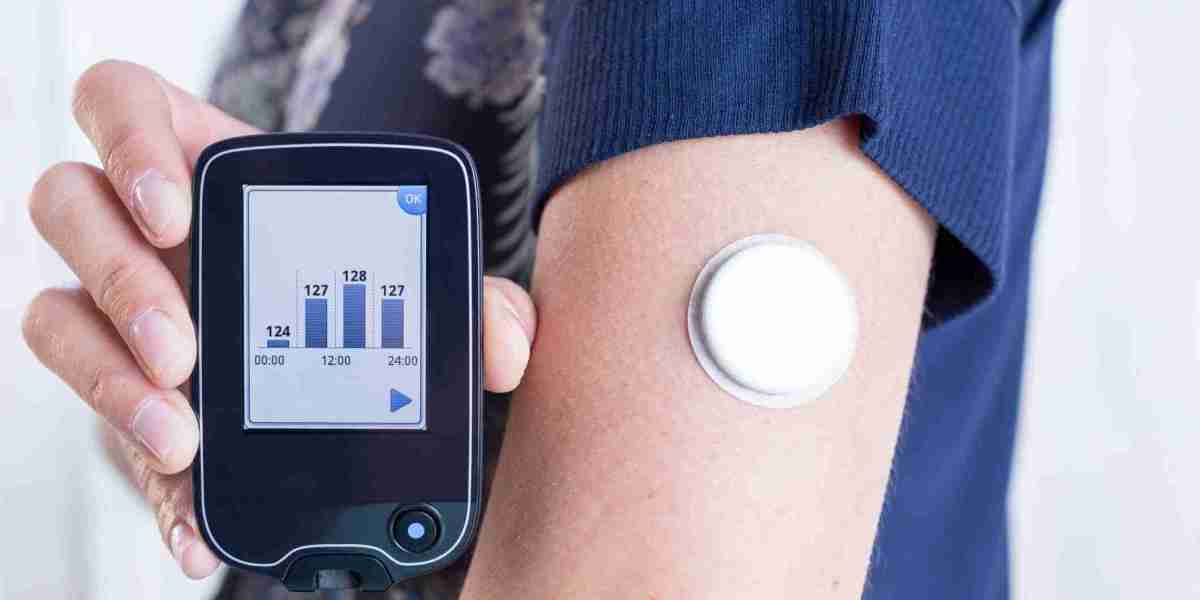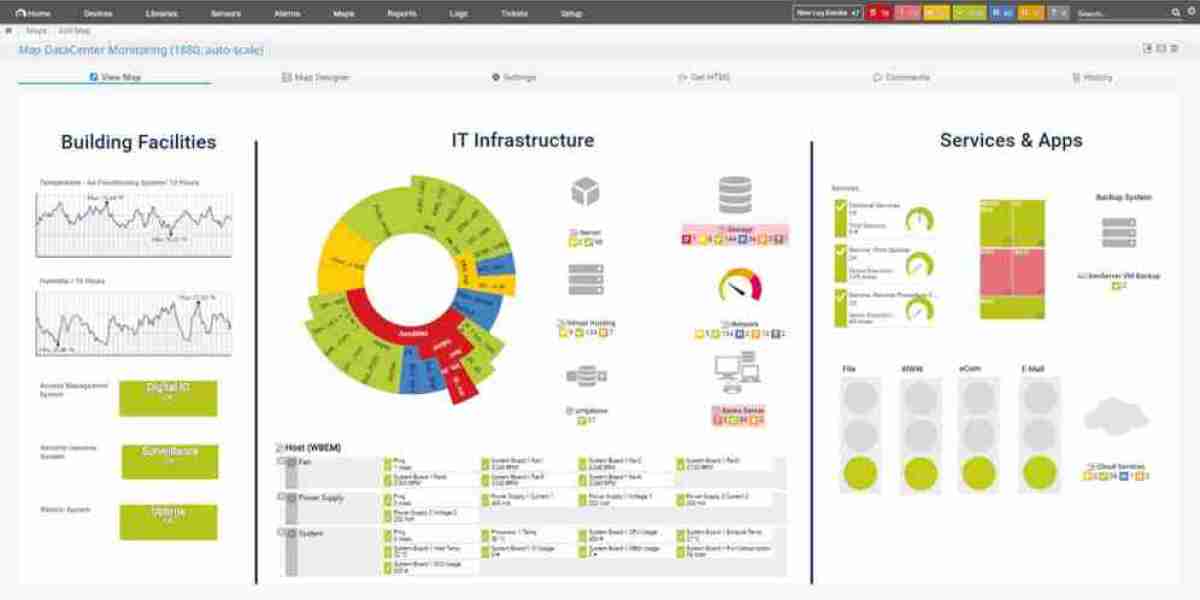The journey of pregnancy is an emotional, physical, and often challenging experience. Expecting mothers go through a wide array of physiological changes, and while medical advancements have made it easier to monitor maternal and fetal health, the future of pregnancy care is becoming increasingly more personalized and efficient. In recent years, wearable pregnancy devices have emerged as a groundbreaking innovation, offering a new way for women to track their health in real-time, empowering them to manage their pregnancy with greater control and confidence.
The Market Growth and Potential
The wearable pregnancy devices market is experiencing rapid growth, driven by the increased demand for more accessible and convenient healthcare solutions. According to industry reports, the market for wearable devices in healthcare is expected to surpass billions of dollars in the coming years, with pregnancy-specific wearables poised to capture a significant share. This growth is fueled by technological advancements, increased healthcare awareness, and a shift towards preventive care that allows individuals to take control of their health before it becomes critical.
Pregnancy wearables are designed to monitor vital signs, track physiological changes, and offer real-time insights to both mothers and healthcare providers. These devices range from simple wearable bands to more sophisticated devices that can provide comprehensive health data, such as fetal heart rate, maternal blood pressure, glucose levels, and more. The rising prevalence of chronic conditions during pregnancy, such as gestational diabetes and hypertension, further propels the demand for wearable devices that help monitor these conditions closely.
Advancements in Wearable Technology
At the heart of the wearable pregnancy device market is the advancement in sensor technology and data analytics. Early-stage devices primarily focused on tracking fetal heart rate or maternal movements, but modern wearables have become far more sophisticated. Today's pregnancy wearables integrate multiple sensors that can measure several critical factors including:
Fetal Heart Rate: Monitoring the fetal heart rate is a vital aspect of ensuring the baby’s well-being. Many wearable devices now come equipped with sensors that allow for non-invasive monitoring of the fetal heartbeat, giving mothers and doctors peace of mind.
Blood Pressure: High blood pressure during pregnancy, also known as preeclampsia, can be dangerous for both the mother and baby. Wearable devices are equipped with blood pressure monitors that continuously track maternal blood pressure and alert users when it exceeds safe levels.
Blood Sugar: Gestational diabetes, which can occur during pregnancy, requires constant monitoring of blood sugar levels. Some wearables are integrated with glucose sensors that allow mothers to manage their diet and lifestyle more effectively.
Movement and Contractions: Some wearables also track contractions, helping mothers understand the timing and intensity, potentially predicting the onset of labor.
Sleep Monitoring: Pregnancy often disrupts sleep, and inadequate rest can lead to complications. Devices that track sleep quality can offer valuable insights into how rest is impacting the mother’s health.
Hydration and Activity Levels: Keeping track of hydration and physical activity during pregnancy is important for maintaining maternal health. Wearable devices that remind the user to drink water or stay active in safe ways can improve overall well-being.
Benefits of Wearable Pregnancy Devices
Real-time Monitoring: One of the most significant advantages of wearable pregnancy devices is the ability to monitor health in real-time. This can be especially beneficial for high-risk pregnancies where constant vigilance is necessary. These devices can alert users to concerning changes, allowing for immediate intervention, either by a healthcare provider or through changes in lifestyle.
Empowering Expectant Mothers: Wearable pregnancy devices allow women to take an active role in managing their pregnancy. Rather than relying solely on occasional doctor’s visits, expectant mothers can monitor their health daily and gain confidence in their ability to manage their pregnancy more independently.
Reduced Visits to the Doctor: For non-complicated pregnancies, wearable devices can reduce the need for frequent doctor visits. With continuous monitoring, some mothers may feel more comfortable in the hands-off care approach, allowing for fewer appointments without compromising health.
Improved Outcomes: By providing real-time data to healthcare providers, these devices can lead to more personalized care plans. Health professionals can track a patient's health remotely, making it easier to adjust treatments or interventions as needed.
Convenience and Comfort: Traditional pregnancy monitoring often involves trips to the clinic, uncomfortable tests, and cumbersome equipment. Wearable devices, on the other hand, are designed to be lightweight, comfortable, and easy to use in everyday life. This makes it easier for mothers to keep track of their health without feeling burdened.
Market Challenges
Despite their promising potential, the market for wearable pregnancy devices does face challenges. One of the most significant barriers to widespread adoption is the price point. While the benefits of these devices are clear, they often come at a premium. This could limit their accessibility, particularly in regions where healthcare costs are already high or insurance coverage is insufficient.
Another challenge is the reliability and accuracy of the data provided by wearable devices. While these devices have improved in their accuracy, there remains concern over whether they can truly replace traditional clinical monitoring, especially for complicated pregnancies. There’s also the question of data privacy, as wearable devices collect sensitive health information that must be securely stored and handled in accordance with privacy regulations.
The Future of Wearable Pregnancy Devices
As technology continues to advance, the future of wearable pregnancy devices looks even more promising. The integration of artificial intelligence (AI) and machine learning could allow these devices to provide predictive insights based on an individual’s data, further enhancing the ability to detect potential complications before they arise.
In the coming years, we may see even more refined wearable devices that combine monitoring with personalized healthcare advice, allowing mothers to receive real-time recommendations on nutrition, exercise, and stress management. Additionally, improvements in device design may make these wearables more comfortable, stylish, and easy to use, increasing adoption rates across different demographics.
Conclusion
Wearable pregnancy devices represent a revolutionary shift in how we approach maternal health. By empowering women with the tools to monitor their own health and that of their babies, these devices are improving the overall pregnancy experience. As the market continues to grow, it will likely reshape the landscape of prenatal care, making it more personalized, efficient, and accessible for expecting mothers worldwide. The future is bright for wearable pregnancy technology, and it has the potential to greatly improve the health outcomes for both mothers and their children.




